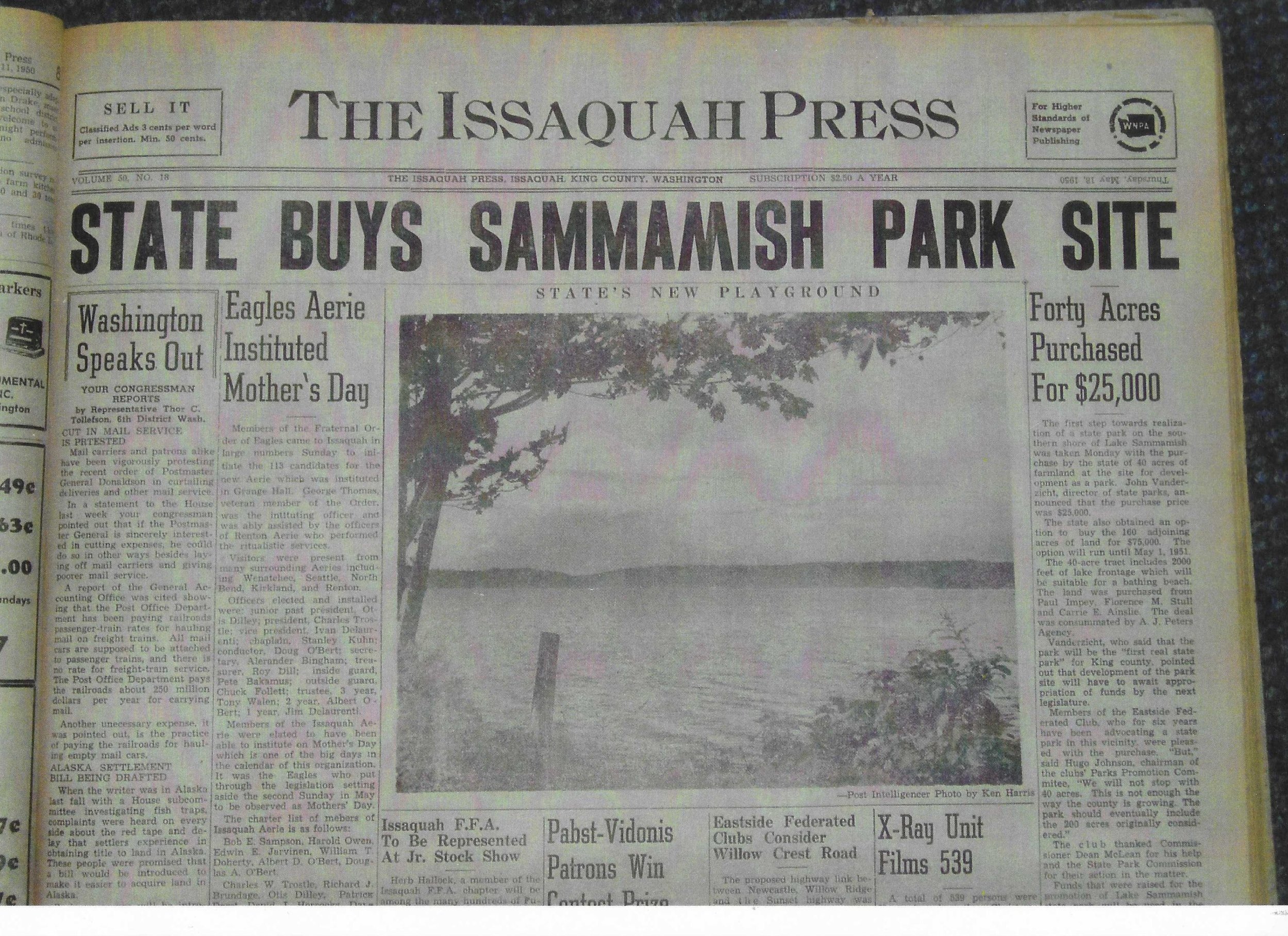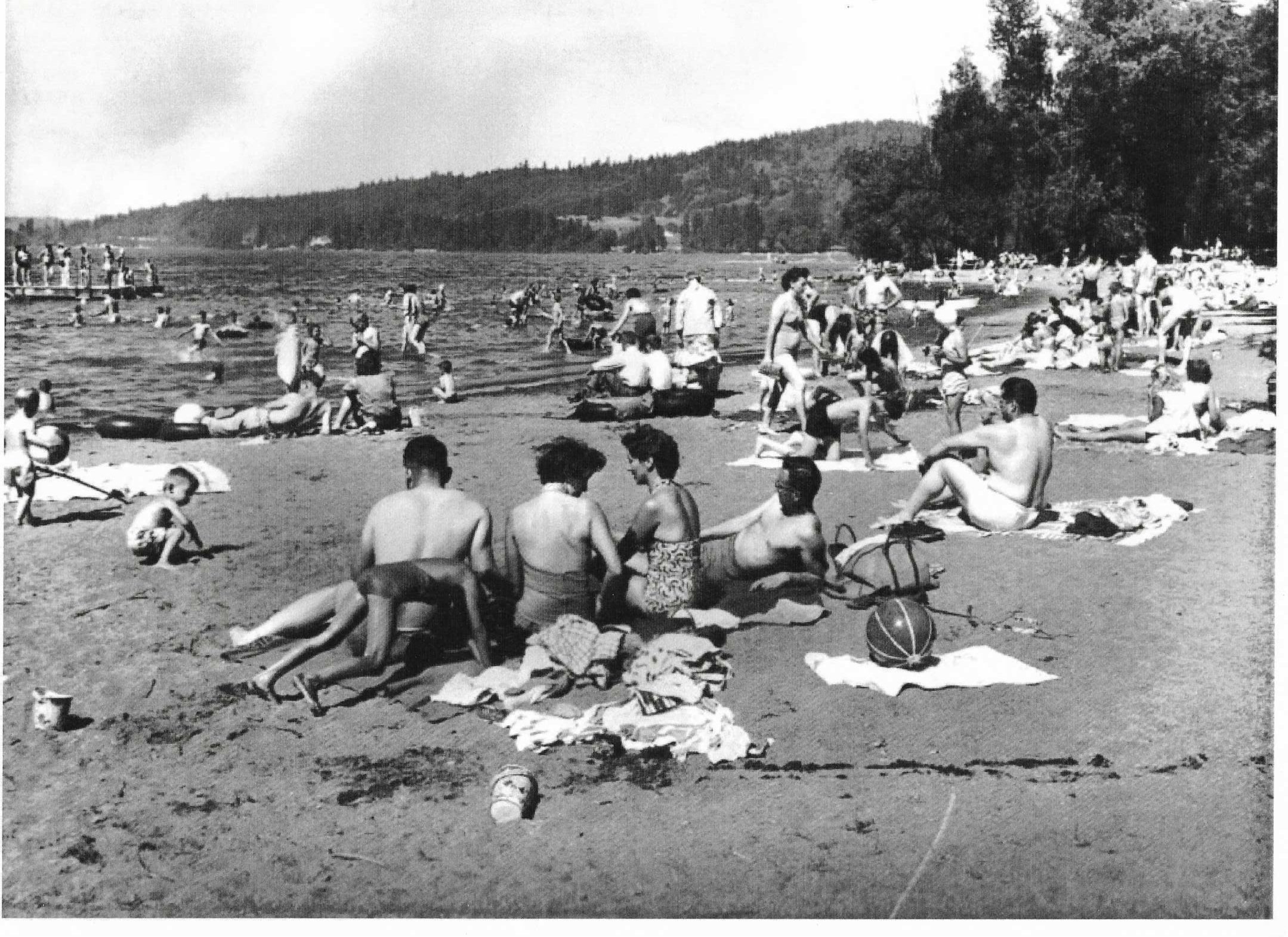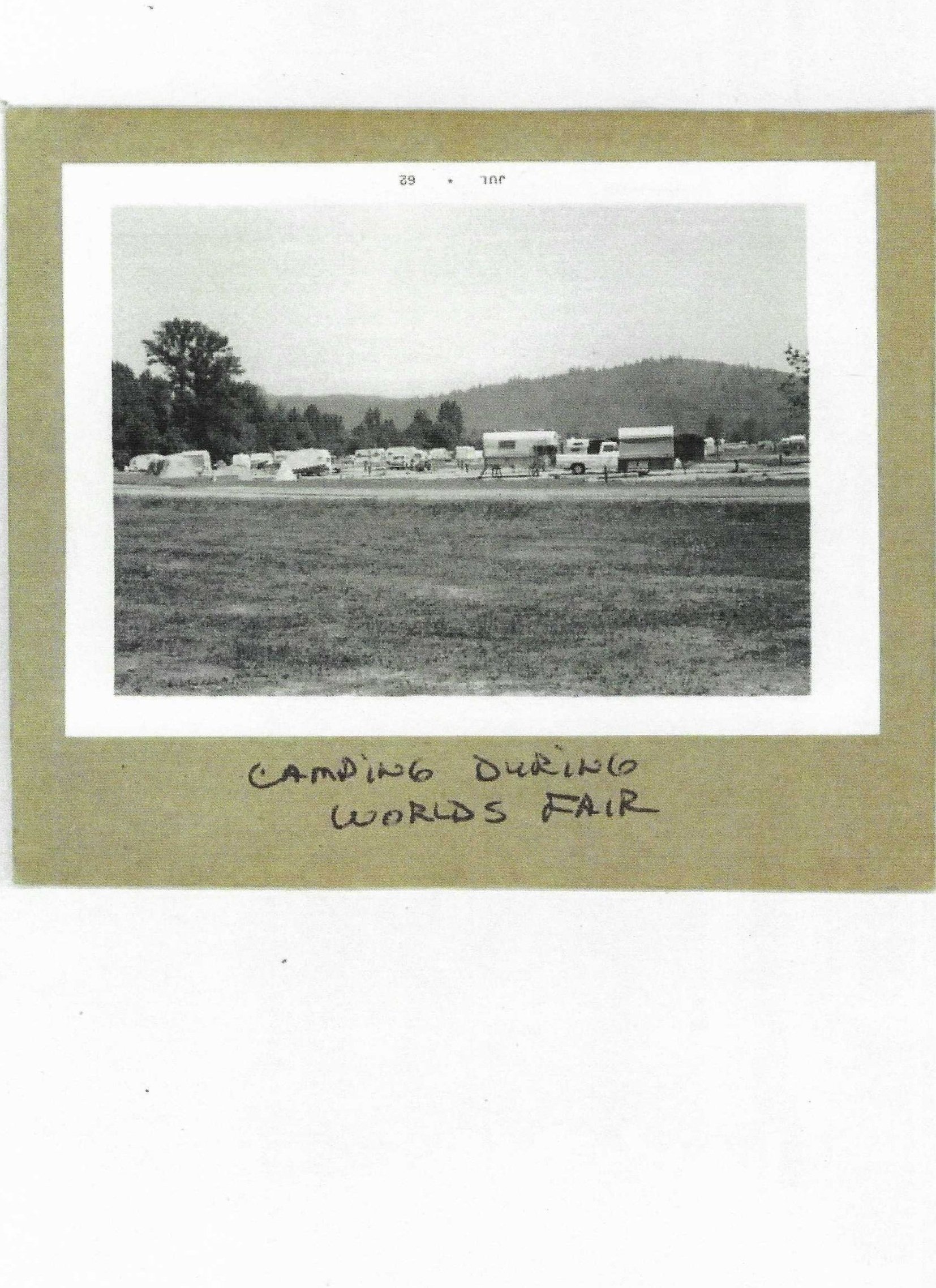A Short History of Lake Sammamish State Park
History of Lake Sammamish State Park
by Richard Benson
Rich is a retired State Park Manager for Lake Sammamish State Park and a current Board Member for Friends of Lake Sammamish State Park
Long before the first official park visitor drove into Lake Sammamish State Park in July 1952, the land consisted of several dairy farms. One of these was a 210 acre farm that was originally owned by John and Addie Anderson who lived in their farmhouse located near Issaquah Creek across from where Costco is today. The Washington State Parks Commission bought these first acres from the Anderson descendants in 1950. Prior to the arrival of those early settlers, the ancestors of the Snoqualmie Tribe used this same land since time immemorial, for living, gathering food, and transportation throughout the region.
Lake Sammamish was an obvious place for a new state park as there was plenty of waterfront, easy access because of the new I-90 floating bridge, and a community that really wanted the park. Even though the property was a farm, the community of Issaquah had been using it for swimming and picnicking for decades. Soon the few facilities of the park became inundated by the number of visitors that came from all over King County. Sunset Beach was the only beach and water access, it was half the size it is now, and boaters had to use it to launch their boats. In 1958, dairy farmer Hans Jensen willed his 65 acres to the park and that is now the existing boat launch and youth group camp. In 1965, the park commission purchased 3 additional properties, including the area where Tibbetts Beach is now located. New restrooms, shelters, and ballfields were built in 1974.
In 1960, during the summer of the Seattle World’s Fair, the park set aside a large grass field for 150 camp sites for Fair visitors. The Park’s Dump Station was installed for this use. This is the only time in the park’s history that camping was allowed in the main park (aside from our Camp S’more event!).
In 1972, state law changed in regard to alcohol in public places, and since then park visitors could legally consume alcohol. That really changed the type of visitor that came to Lake Sammamish State Park. Families still came but so did large numbers of young men and women looking for a place to meet and drink. Often 45 – 50 large company picnics set up in the park. On several summer weekends the crowds of over 35,000 per day forced park staff to shut the gates for long periods of time and spend hours trying to enforce laws. From the late 1970s to early 1990s, it seemed all park staff had time for was enforcing the alcohol, drug and driving laws. In 1974, a large alcohol-related party enticed Ted Bundy to enter the park twice and drive away with two women who were never seen alive again. The 1980s was also a period of steep budget cuts for State Parks as the economy struggled, which challenged park staff as well as the park visitors.
In the 1990s, when parking fees were first brought in and alcohol consumption slowed down, the number of park visitors started to decrease. The lifeguard program of over 40 years ended and the park began looking run down. Attendance really dropped. Huge flocks of Canada geese lived in the park creating a large problem for park staff. State Parks needed to do something, so they developed a master plan for the future of the park and started funding various projects. The boat launch was renovated, as was Sunset Beach swim area. There’s a new restroom/bathhouse and new shelters are being constructed today. The Friends of Lake Sammamish State Park, a volunteer community group, was formed in 2013 and they have put on several park events and instigated and helped fund the new play area. Lake Sammamish State Park has always been a very busy place with a lot of fun things going on and today’s visitors can see the continuation of that effort making the park a jewel on the lake.



